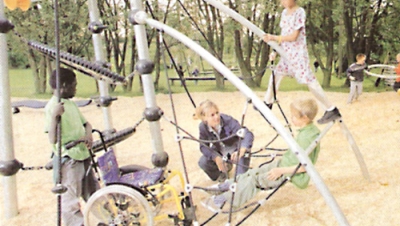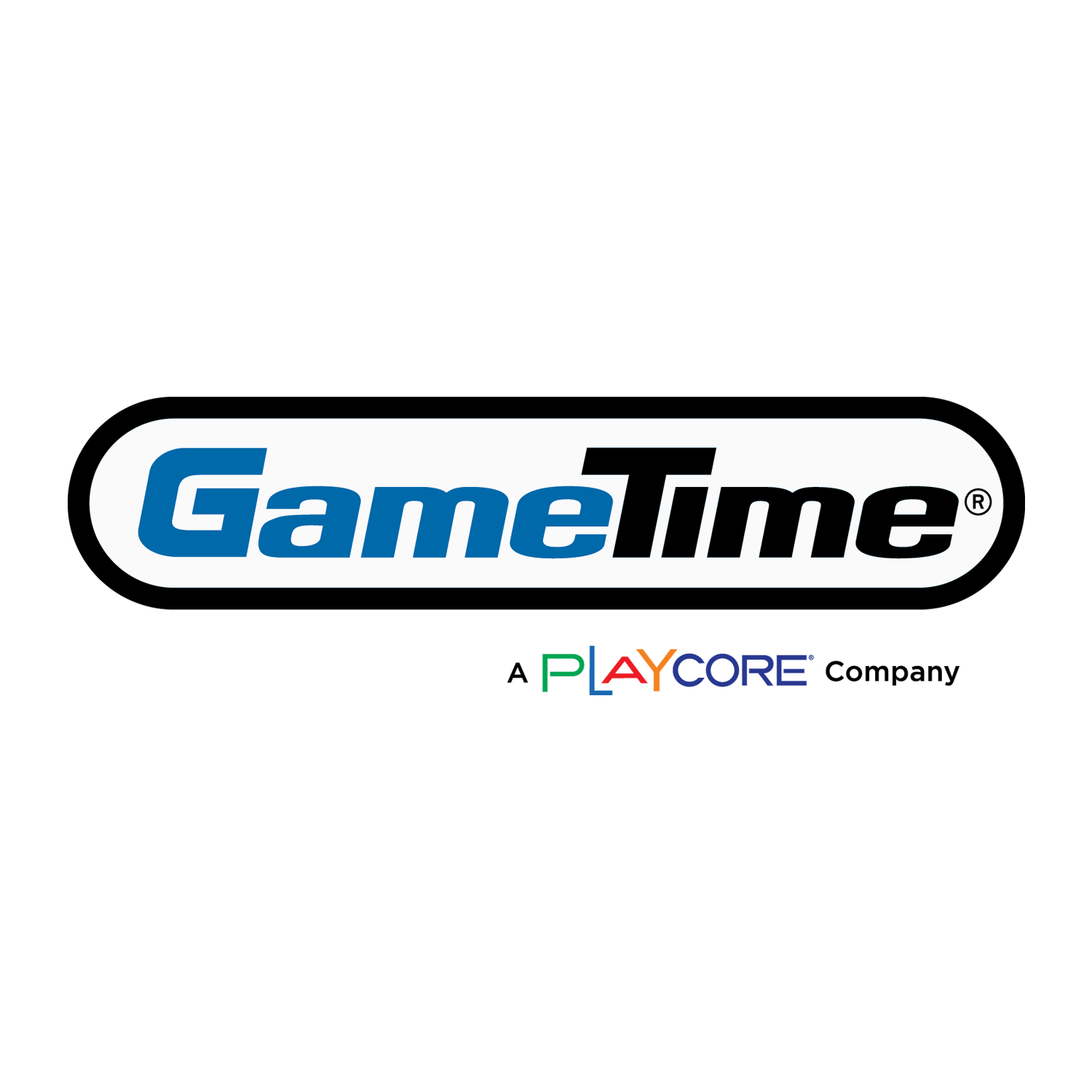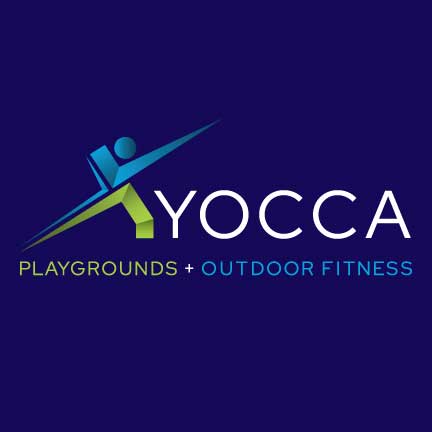With Special Guest Craig Kelsey Ph.D.
We all agree that playground equipment is needed in all our communities. Playgrounds are located at schools, government locations, and at private facilities. Local decision makers have many ways to proceed when choosing what to purchase. They can determine that the selection of the equipment is to be made by professional staff who have studied all of the location and equipment options or by a consulting firm that works hard to represent the community in this important selection process. Both of these approaches are appropriate and will lead to a successful conclusion. However, there is one other way to look at this exciting and meaningful decision, which is to purposefully involve the local citizenship.
During our many years (almost 50) of working in the public sector we have seen how the public can and should provide vital, direct and meaningful input that is both a new perspective and at the same time an important way to build community solidarity, commitment and ownership. For the organization that would like to pursue this citizen perspective, the Image Sort focus group model is a model we use at PlaySafe, LLC and might be the best approach. The very title of this method might seem too complex and overwhelming, but with just a little instruction, any organization can have a fun and meaningful decision-making activity.
The Image Sort focus group consists of asking highly committed and well informed citizens to spend an evening discussing, debating and then prioritizing a set of pre-determined playground equipment examples that they think would be the best options for the users of the equipment, the agency or group sponsoring the equipment, and for the space available for the placement of the equipment. The goal at the end of the evening is that the very best equipment selection has been made and the reasons for that particular selection have been well articulated. In this way both the equipment, its suggested layout, and citizen reasoning have all come together.
There are five easy steps to plan, conduct and analyze an Image Sort focus group.
Step 1: It is important to have prepared on 8 1/2" X 11" plastic covered paper the images of the playground structures that are appropriate for the selected site. This does require some ground work by staff at the organization that wishes to conduct the focus group. The staff will need to have selected the variety of playground structures that fit within the cost category of the agency, that which is age appropriate, and also that which will physically meet the safety space requirements of the proposed site. This would have been completed by the staff anyway as a normal part of their decision making. It is vital to make sure that all the visuals and ways to reach them meet the ADA. We have been at some meetings and the graphics were too small or a person in a wheelchair could not get close to them.
Step 2: The number of examples to be reviewed by the citizens should not be too large an array, perhaps around 5 to 6 images. If too many examples are provided, the process can certainly take too long and get bogged down with too many unnecessary details. Just think of how many choices you have to make just to buy breakfast cereal. On the other hand too few examples will suggest to the citizens that the decision-making process is not really very difficult. At all times the number and type of examples selected should be realistic. There should be a variety of layouts depending on the size of the area, the users, and the variety of equipment options.
Step 3: It is now time to determine how many citizen meetings seem appropriate, how many citizens should be asked to attend, and if the decision is for just one location such as an elementary school playground area or for a much more widely-used location such as a regional park. The smaller the use area, the fewer the meetings and the number of citizens involved. If the site is one playground area at a school, then perhaps one meeting is sufficient with maybe 10 to 15 parents, couples, or individuals coming together for the evening process. If the site is a regional park and the equipment might serve several age groups and a greater variety of users, then maybe three meetings should be held but still keeping to the 10 to 15 parents, couples, or individuals.
Step 4: Conducting the focus group...let the fun begin. This is exciting and tense at the same time. The evening should go smoothly with all citizens feeling that they had an important opportunity to contribute. But the success of the meeting to a large extent will depend on the meeting facilitator. Here are some quick rules for the facilitator to follow: (1) Explain the idea behind the Image Sort focus group. That is that several pictures, 3D images, or overheads of playground equipment will be placed on the table for all to see. The examples are of different equipment combinations and of different structure configurations. The citizens will be asked which image they think best represents what should be the final plan for the installation of the equipment. (2) Allow the citizens to look at the examples, ask questions, and verify that they understand the different possibilities. (3) Lead a discussion as to why they think one playground is better than another. At this point in time the facilitator moves or sorts the cards that have the images on them up and down the table in a priority order with the most preferred image at the top of the line and the least preferred at the bottom of the line. (4) Let the citizens know that the cards may be moved into different orders as the conversation goes on. The reason for the example cards is so that the citizens can clearly see what final product they are suggesting compared to the other images. This is the funniest part of the focus group. (5) It is important to have a recorder of thoughts making notes of the citizen’s comments. Not only are we interested in the final priority order but for the reasons behind that order. The recorder can share the group’s thinking. (6) It is imperative that the facilitator maintain control of the meeting and the process and that no one citizen voice crowds out that of another. We have conducted meeting with a guest stacking the deck (showing up with a special interest group) or even once a man in a small town in the west attended wearing a side arm – he wanted to get his point across and did. At the appropriate time the facilitator indicates that it appears that the examples are in the final and accepted order of priority and the meeting is coming to a close. The facilitator thanks everyone for their contributions.
Step 5: The community decision makers now know the citizen’s thoughts. Not only do they have the most preferred option but the reasons behind that choice. Now the decision makers may use that information to help make a final decision. One should not assume that the citizen model is the best decision...it may well be...but the professional staff are the ones that must bring all considerations together in the most cost and use effective way.
Not all circumstances will call for the Image Sort focus group method, but it does represent one way...and a highly controlled way...to invite the views of the citizens into the planning process. If for some reason the process gets stalled, the citizens may be a good advocacy group to break the bottleneck in that the citizens have now had a shared voice. PlaySafe, LLC has conducted hundreds of focus groups, and we are available to assist with training, consultation, to conduct these types of meetings on behalf of the playground sponsoring agency, or to answer any of your questions. A very helpful book on public input (Public Input Process for Parks and Recreation Planning) is available from the Texas Parks and Recreation Society at:
http://traps.org/clubportal/ClubStatic.cfm?clubID=2657&pubmenuOptID=30199



















